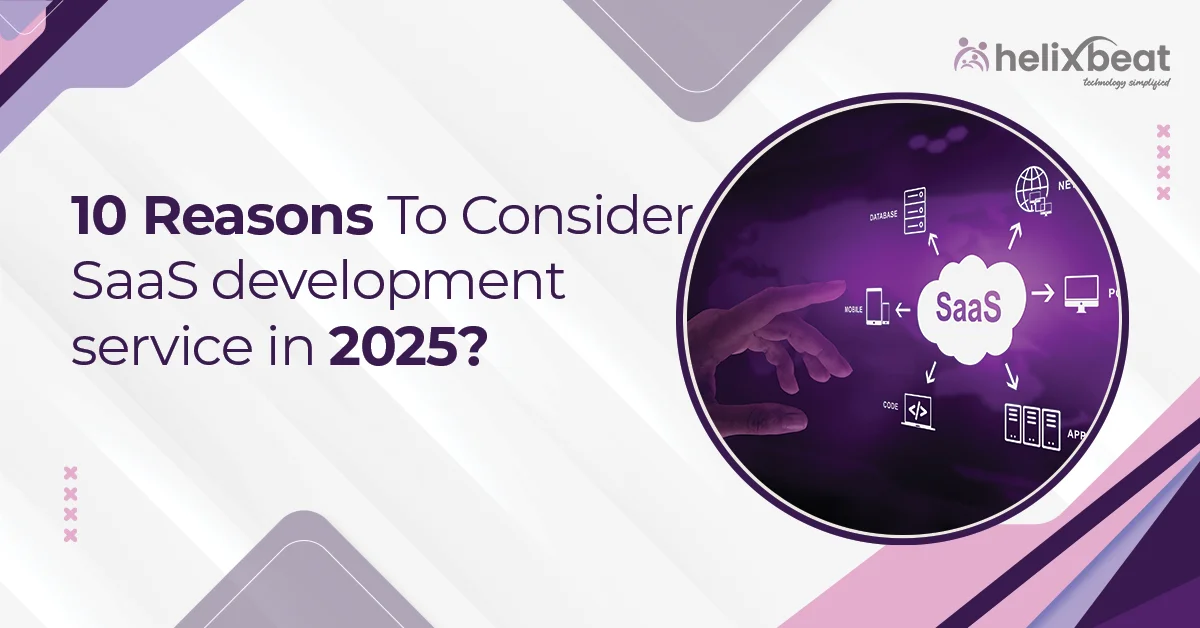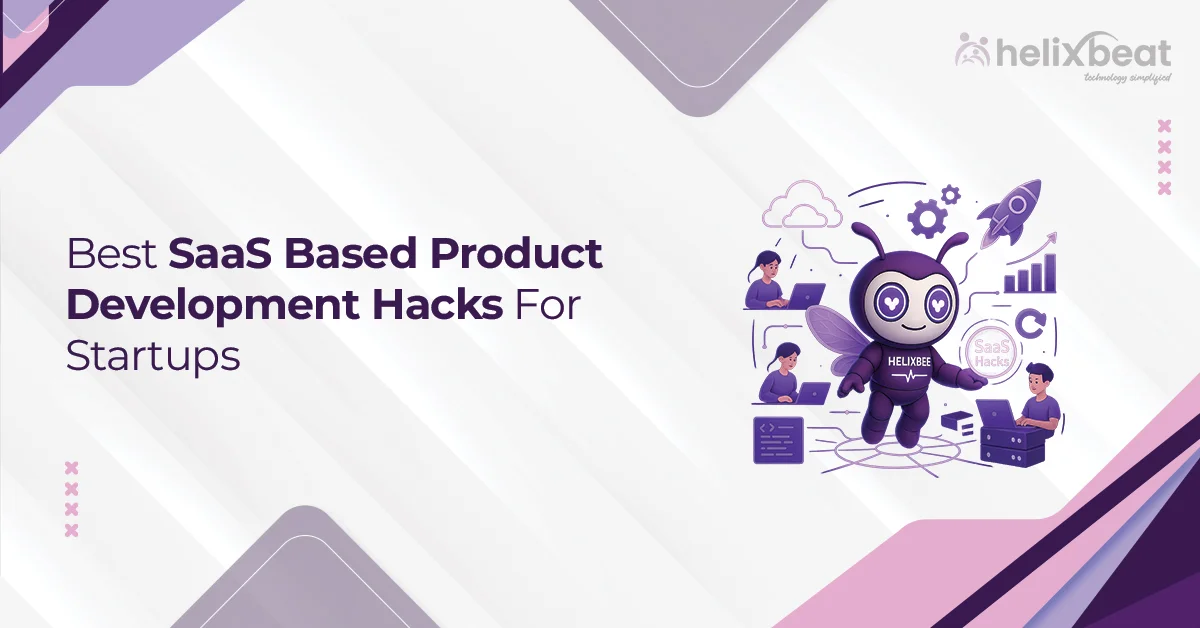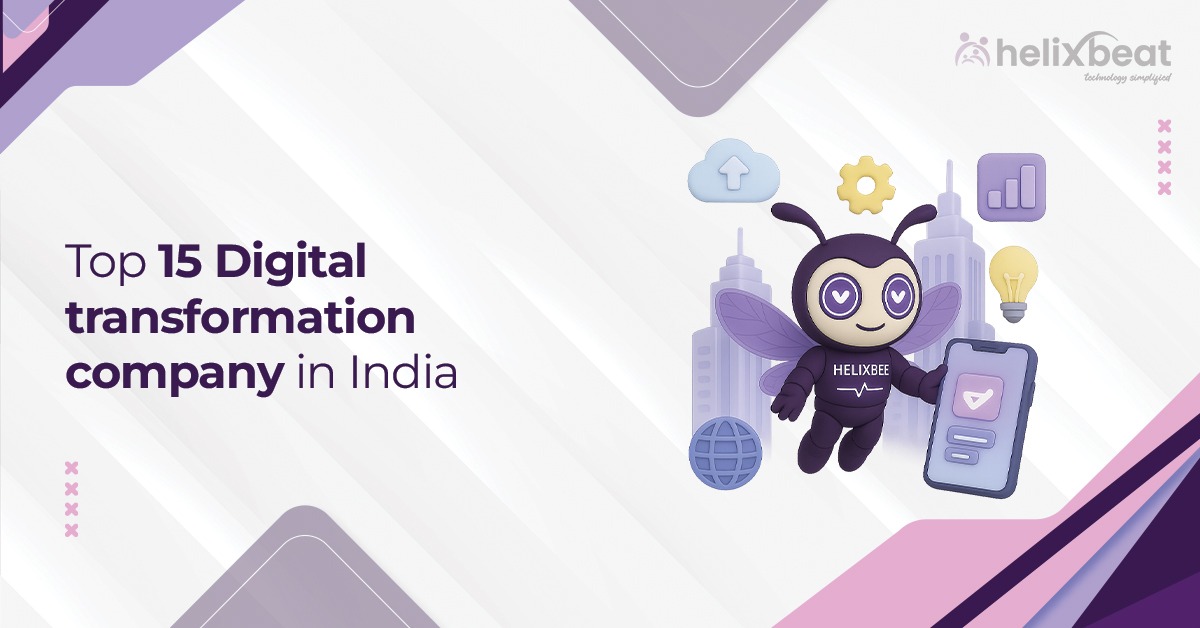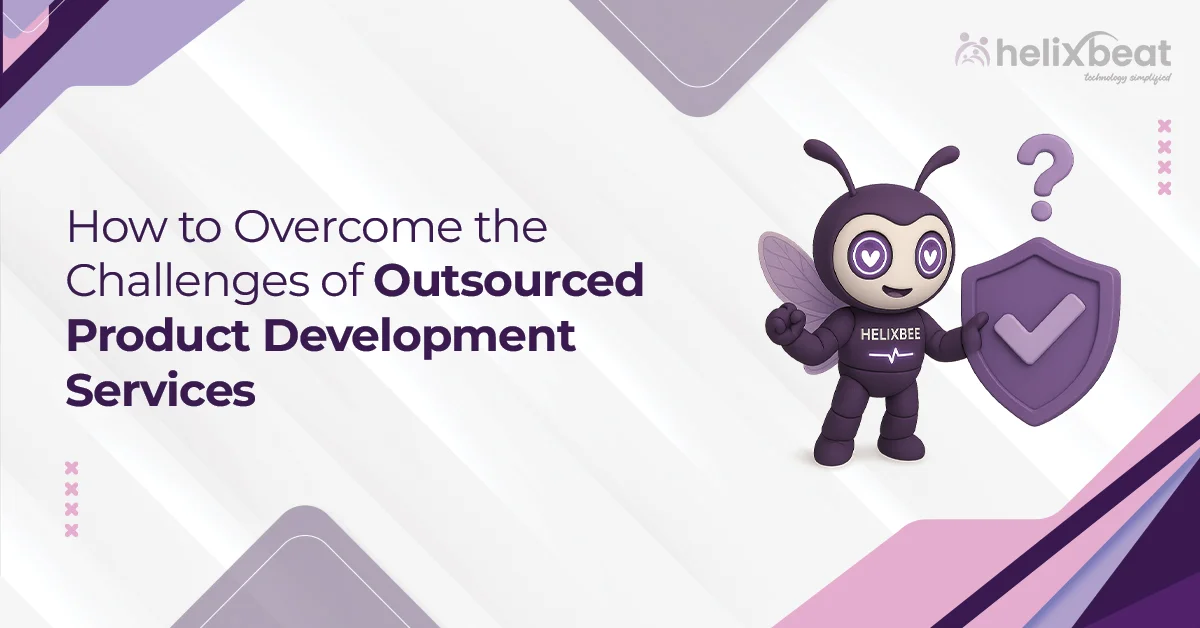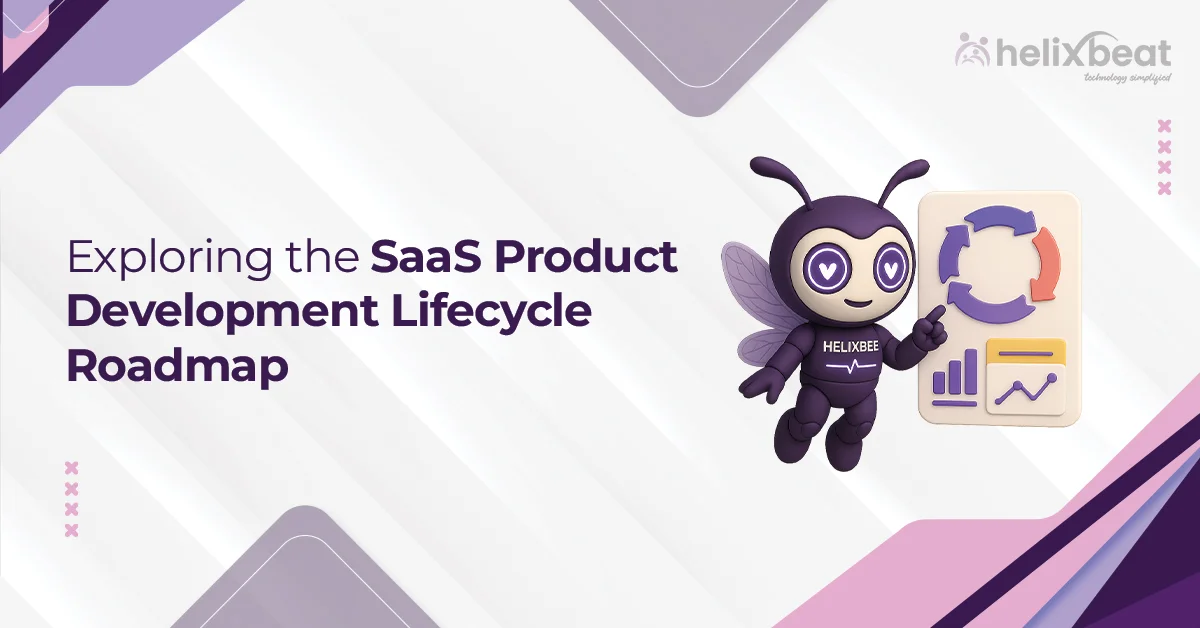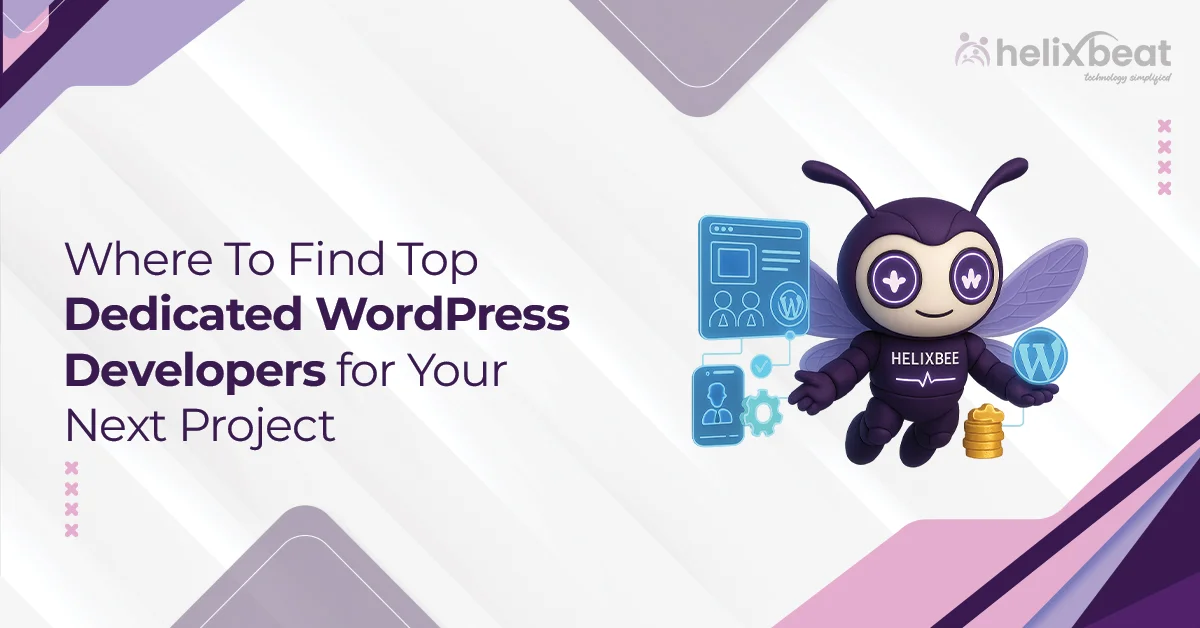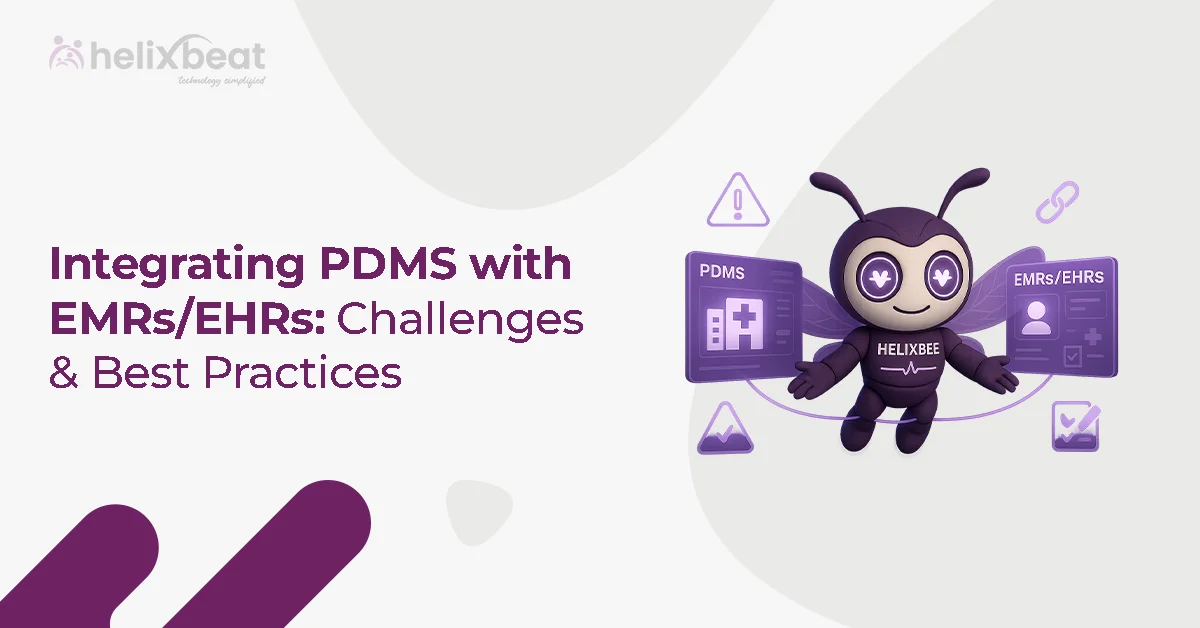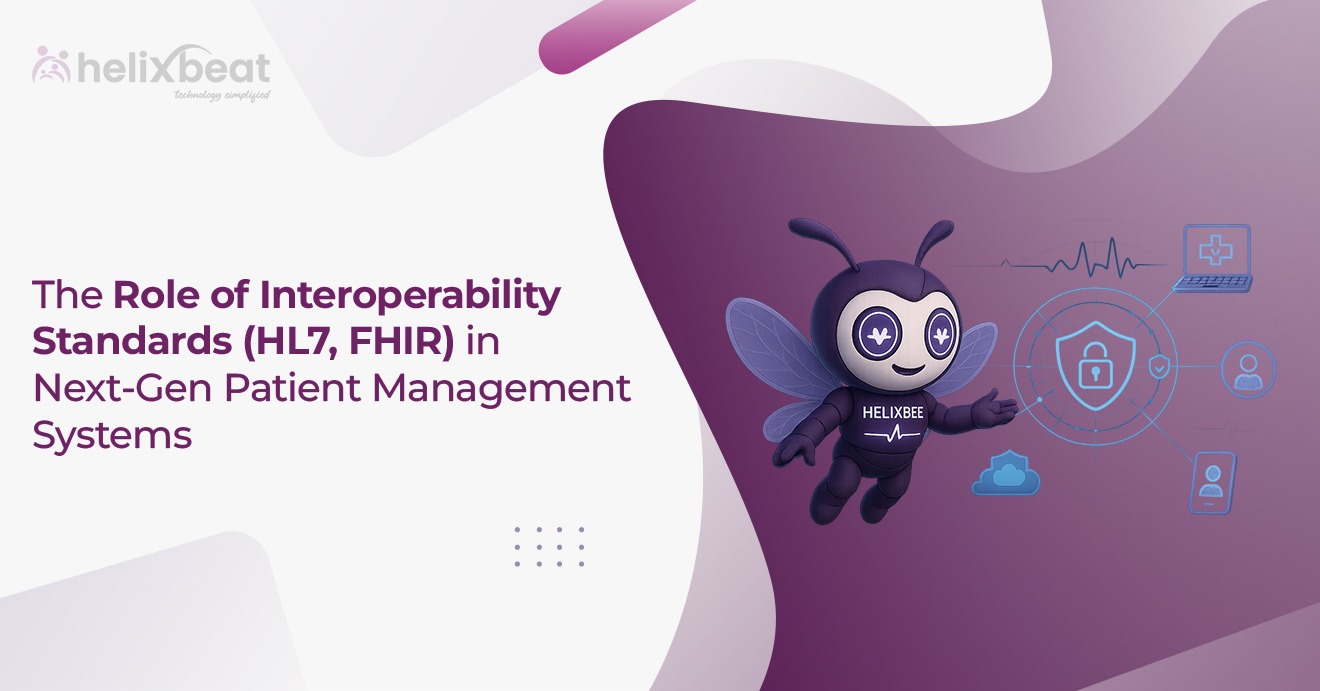In 2025, businesses are facing a major challenge to keep up with fast-changing technology. Traditional software can be slow, expensive, and difficult to adjust as your business grows. With constant changes in the market and customer needs, it’s getting harder to stay competitive while managing costs and keeping up with new demands.
This is where SaaS development services come in. SaaS (Software as a Service) provides businesses with cloud-based Software that’s easy to access, scalable, and doesn’t require a big upfront investment. By working with a SaaS development company, you get the benefit of flexible, secure, and up-to-date Software that can grow with your business.
In a time when technology is constantly advancing, SaaS development services offer a simple, affordable way to stay ahead and give your business the tools it needs to succeed. In this blog, we’ll explain the top ten reasons to consider SaaS development services in 2025.

Table of Contents
How Does SaaS Work for Businesses?
SaaS (Software as a Service) delivers Software via the cloud, allowing businesses to access applications online without the need for local installation. Here’s how it works:
1. Cloud-Based Access: SaaS applications are hosted remotely, so businesses can access them from any device with an internet connection, no matter where they are.
2. Subscription Model: Instead of purchasing Software outright, businesses pay a subscription fee, which is typically based on the number of users or features needed. This provides a more affordable and flexible pricing structure.
3. Automatic Updates and Maintenance: SaaS providers handle software updates, security patches, and maintenance, ensuring the Software stays current without business intervention.
4. Scalability and Flexibility: SaaS platforms grow with your business. You can easily scale up or down by adjusting your subscription plan to match your needs.
5. Seamless Integration: SaaS applications integrate easily with other business tools (e.g., CRMs, accounting software), streamlining workflows and improving efficiency.
In short, SaaS simplifies software management by offering an accessible, affordable, and flexible solution that lets businesses focus on growth instead of maintenance.
Challenges Faced by Businesses Using SaaS
While SaaS offers many benefits, businesses may encounter several challenges when adopting and using these cloud-based solutions. Some of the key challenges include:
1. Vendor Lock-In
Many businesses face challenges with vendor lock-in when using SaaS platforms. Once a business has invested time and resources into a particular SaaS solution, switching to a different provider can be costly and complicated. The lack of portability can create dependency on the vendor for updates, pricing, and support.
2. Reliability and Downtime
SaaS services are generally reliable, but businesses still depend on their providers. If a SaaS provider experiences technical issues or downtime, it can affect the business’s operations. This can be especially troublesome for mission-critical applications that require 24/7 availability.
3. Hidden Costs
While SaaS is often seen as a cost-effective solution, businesses may encounter unexpected costs. These could include fees for additional users, premium features, or integrations, which may not be clear at the outset. Over time, these additional costs can add up, making SaaS less affordable than originally anticipated.
4. Compliance and Regulatory Challenges
Depending on the industry, businesses must ensure that their SaaS provider complies with various regulations such as GDPR, HIPAA, or other industry-specific standards. Ensuring compliance across multiple regions and legal environments can be difficult, especially for businesses operating globally.
Despite these challenges, SaaS remains a valuable solution for many businesses. By understanding and addressing these potential issues, companies can maximize the benefits of SaaS while minimizing its drawbacks.
How SaaS Helps Businesses with Custom Solutions:
SaaS development services create Software specifically designed to meet your business’s unique needs, seamlessly integrating with existing tools and systems. More than 80% of businesses incorporate at least one SaaS application into their
operations.
1. Growing Your Business with Scalable Software:
As your business expands, SaaS development ensures that your Software can easily scale, adding new features and users without hassle.
2. Saving Money with Affordable SaaS Solutions:
SaaS development services eliminate costly upfront investments, offering a more affordable subscription-based pricing model that fits your budget.
3. Getting Your Product to Market Faster:
By using pre-built tools and platforms, SaaS development helps you launch Software quicker, giving you a competitive edge. According to a McKinsey study, companies reported that using cloud platforms enables them to reach the market 20% to 40% more quickly.
4. Keeping Your Software Up-to-Date:
With continuous updates and ongoing support, SaaS development ensures your Software stays secure, efficient, and current with the latest features.
5. Improves Team Collaboration with Cloud-Based Access:
SaaS makes it easier for teams to work together, no matter where they are, by providing cloud-based access to the Software.
10 Reasons To Consider SaaS Development Services in 2025
As businesses evolve in 2025, adopting cloud-based solutions becomes more of a necessity than a choice. SaaS development services offer a range of benefits that make them an essential part of modern business operations. Here are 10 reasons why you should consider SaaS development services in 2025:
1. Cost Savings and Affordability
SaaS solutions eliminate the need for expensive infrastructure and maintenance. With a subscription-based model, businesses only pay for what they need, saving on hardware, Software, and IT personnel costs. According to Accenture report, companies can save up to 30% in operational costs by switching to SaaS.
2. Scalability Along with Business Growth
As your business grows, you also need to upgrade your Software. SaaS development offers easy scalability, whether it’s adding users, new features, or expanding functionalities without worrying that your Software won’t be enough.
Consider Zoom as an example; where it started as a small video conferencing tool and rapidly scaled to handle millions of users worldwide, especially during the pandemic. The scalability of Zoom’s SaaS platform allowed it to meet global demand without requiring significant infrastructure changes.
3. Access to the Latest Technology
SaaS providers continually update their Software to incorporate the latest features and technologies. This makes sure your business stays at the forefront of innovation without needing to invest in new Software or upgrades.
For instance, Salesforce, a leading CRM SaaS provider, continuously updates its platform with new features, enabling businesses to use the latest sales and marketing tools without worrying about software obsolescence.
4. Faster Time-to-Market
SaaS solutions allow businesses to deploy Software quickly and start using it almost immediately, which reduces time-to-market for new products or services.
For example, Shopify, an e-commerce SaaS platform, allows entrepreneurs to launch online stores with minimal setup time, enabling them to quickly enter the market and begin selling.
5. Automatic Updates and Maintenance
SaaS applications are maintained and updated by the provider, ensuring your Software is always up to date with the latest security patches and features. This reduces the burden on your internal IT team and eliminates downtime from manual updates.
By 2025, 50% of SaaS companies are projected to incorporate AI into their platforms to increase functionality and efficiency.
6. Improved Collaboration and Remote Access
Cloud-based SaaS solutions improve collaboration among teams, regardless of location. A great example is Slack, a messaging platform that allows teams to communicate and collaborate in real-time, making remote work more efficient and helping companies stay connected, even across time zones.
7. Enhanced Security Features
SaaS platforms invest heavily in security, offering robust protection for sensitive data. For instance, Google Workspace provides enterprise-grade security features such as two-factor authentication and data encryption, ensuring businesses can securely store and share data in the cloud safely.
8. Customization to Fit Your Business Needs
SaaS platforms can be customized to match your specific business requirements. Whether it’s adding specific features or integrating with existing systems, SaaS development services ensure that the solution fits your unique workflow.
9. Seamless Integration with Existing Systems
SaaS solutions are designed to integrate easily with other software tools your business already uses, such as CRMs, accounting software, and marketing platforms. This ensures smooth data flow and minimizes disruption to your operations.
10. Future-Proof and Flexible
SaaS platforms are constantly evolving to meet future needs, ensuring your business remains adaptable. A company like Adobe, with its Creative Cloud, consistently adds new tools and capabilities, enabling businesses in the creative industry to access the latest design software and stay ahead of trends without needing to invest in new Software every few years.
SaaS development services in 2025 provide businesses with an affordable, scalable, and flexible solution that can streamline operations, improve collaboration, and drive innovation.
By choosing SaaS, businesses gain access to the latest technologies, reduce costs, and ensure their Software evolves alongside their growth.
Conclusion
As businesses continue to adapt to the digital age, SaaS development services have become an essential tool for staying efficient, secure, and competitive. With the growing need for flexible and scalable solutions, SaaS offers businesses the ability to access powerful Software without the hassle of high upfront costs or complex installations.
By choosing SaaS, companies can focus on what matters most. Delivering great products and services, while their Software needs continuous updates and seamless integration. In 2025 and beyond, adopting SaaS isn’t just an option; it’s a strategic decision that leads to long-term growth.
Choose Helixbeat for Product Development Service
Helixbeat offers extensive expertise and a comprehensive approach to product development, helping businesses transform their ideas into scalable, market-ready products.
With years of experience, we use agile methodologies with advanced technologies such as AI, ML, and IoT to deliver reliable, future-proof solutions.
What makes Helixbeat stand out is our client-centric approach, guiding you through every stage, from MVP strategy and prototyping to full product lifecycle management. We have experience across industries like healthcare, e-commerce, logistics, and more, all while ensuring the highest standards of security and compliance.
With Helixbeat, you gain more than just developers; you gain a trusted product development partner focused on your long-term success.
FAQ:
1. What do you mean by SaaS application development services?
SaaS application development services involve creating cloud-based Software that businesses can access through the Internet, typically on a subscription basis. These services include design, development, deployment, and maintenance.
2. What does SaaS stand for?
SaaS stands for Software as a Service, a model where Software is accessed online rather than installed locally, usually through a subscription.
3. What is SaaS with example?
SaaS is Software delivered over the Internet. An example is Google Workspace, which offers cloud-based tools like Gmail and Google Drive.
4. Is Zoom a SaaS?
Yes, Zoom is a SaaS product that offers cloud-based video conferencing services that users can access via the Internet.
5. What is the difference between software development and SaaS?
Software development creates Software for local installation, while SaaS involves developing cloud-based Software that is accessible over the Internet.
6. Is coding needed for SaaS?
Yes, coding is necessary to develop SaaS applications, as developers write the code to build, scale, and maintain the Software.



